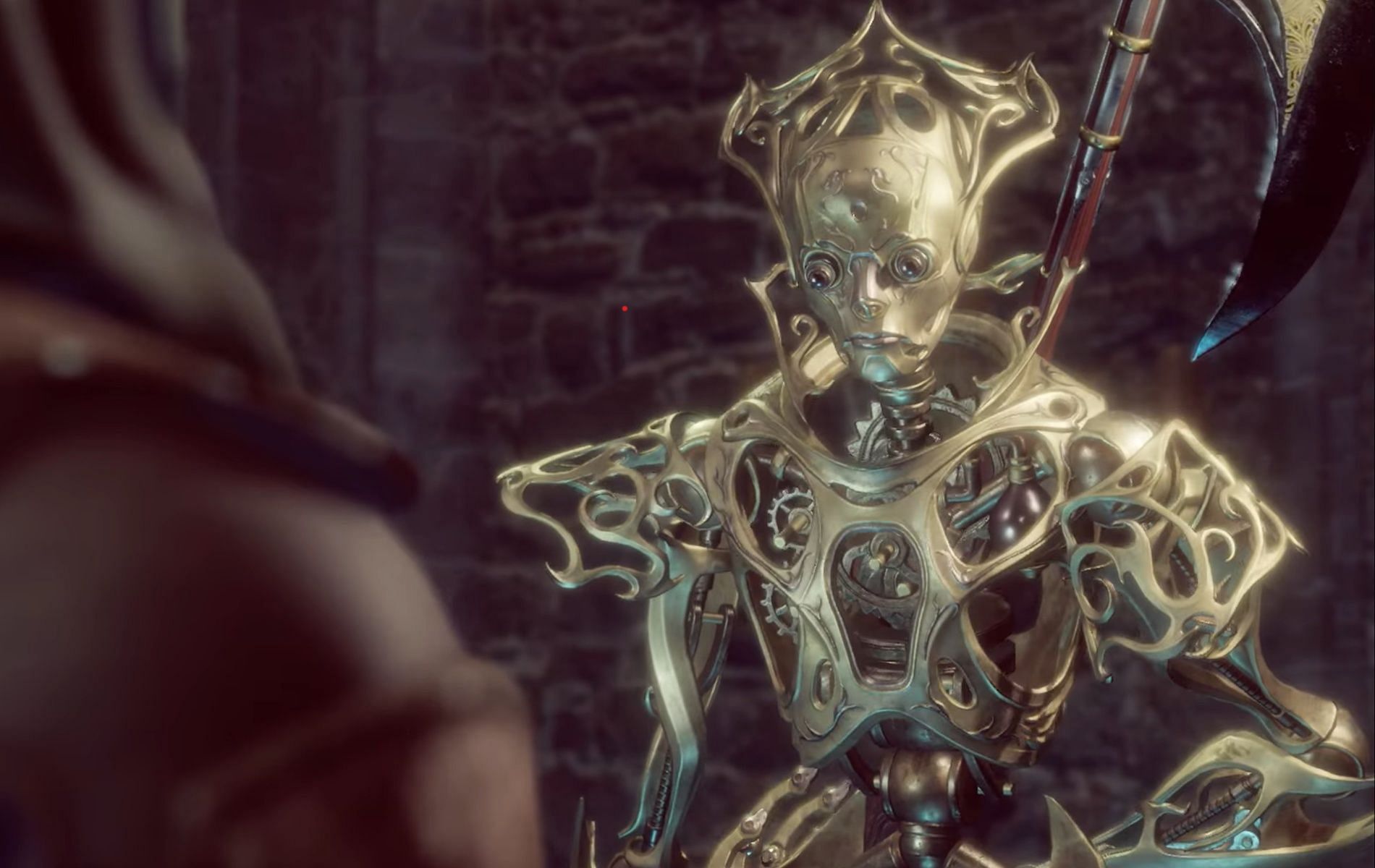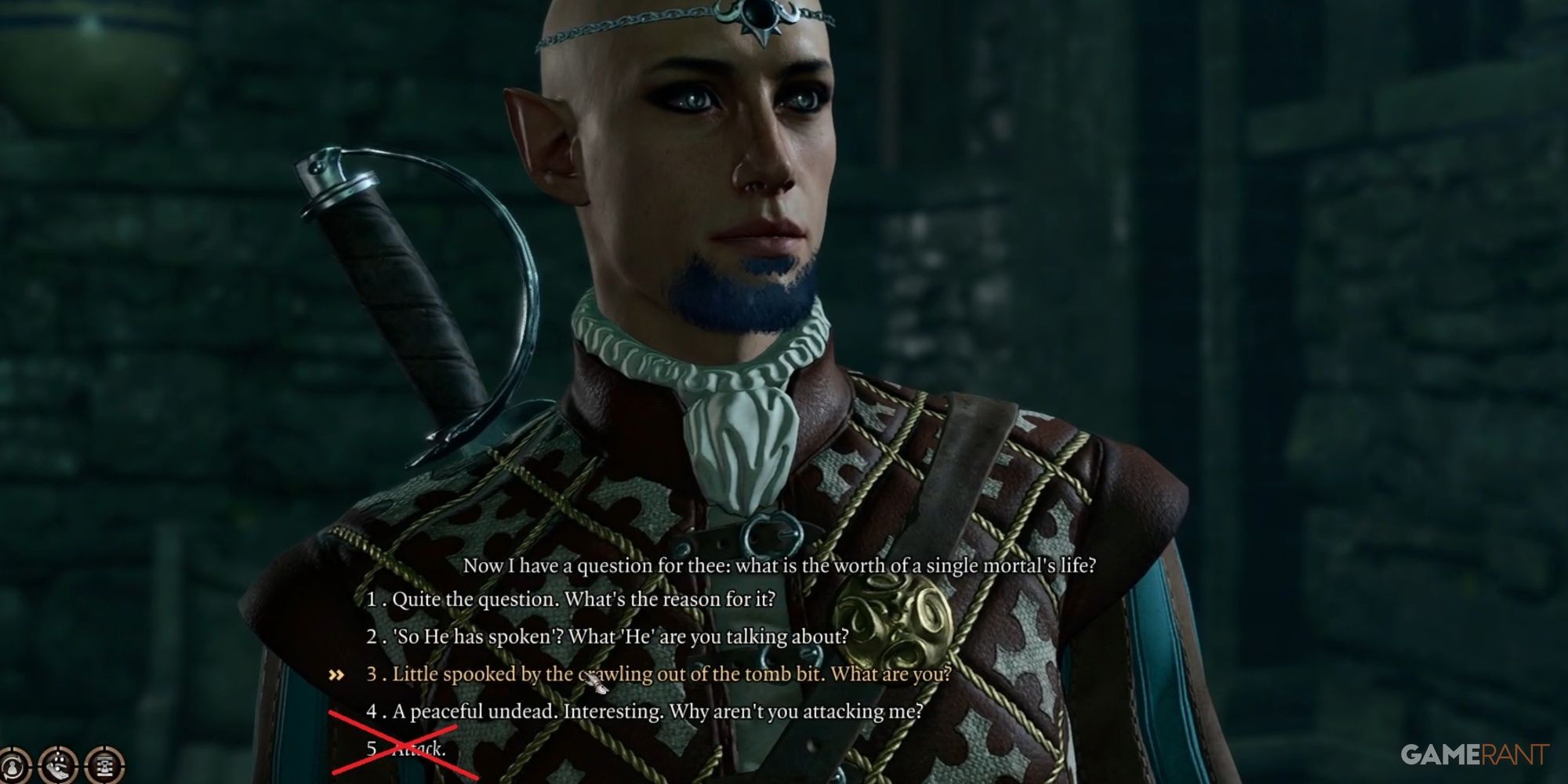Okay, so I messed around with Baldur’s Gate 3 a bit, trying to get some automated responses going. Here’s how it went down.

First off, I was thinking, “Wouldn’t it be cool if I could automate some of the dialogue choices?” You know, pick the same options every time for certain situations. Save some clicks, right?
So, I started digging around for ways to do this. No official in-game tools, obviously. I looked at some basic scripting stuff, thinking I could maybe inject some code to simulate clicks or key presses. That got complicated REAL fast. I’m talking dissecting game memory, reverse engineering input handling… way over my head for a quick project.
Then I thought, “Okay, simpler approach.” Could I at least detect certain dialogue prompts? Maybe a script could read the screen, recognize keywords, and then trigger a specific action. I tried some basic OCR (Optical Character Recognition) tools. The accuracy was terrible. BG3’s font and the way the dialogue boxes are presented just didn’t play nice with the OCR engines I had lying around.
Next up: image recognition. Could I train a model to recognize the little icons next to dialogue options? Started taking screenshots, cropping out the icons, and labeling them. It was tedious. Plus, the icons aren’t always consistent; they change based on context and skill checks. More trouble than it was worth.
I even looked into accessibility options, thinking there might be some hooks I could use there. Nada. Larian (the devs) did a great job with accessibility, but nothing that would lend itself to full automation.

At this point, I was getting frustrated. Hours sunk, and nothing to show for it but a folder full of screenshots and a bunch of half-written scripts that didn’t work.
Then I had a bit of a breakthrough (sort of). I realized I was focusing too much on reacting to the game. What if I pre-scripted my actions? Like, instead of trying to automate dialogue choices based on what the game says, I would just bind certain key combinations to perform a specific sequence of actions.
So, I installed AutoHotKey. It’s a free scripting tool for Windows that can simulate keystrokes and mouse clicks. I figured, for certain repetitive situations (like, say, persuading guards to let me pass), I could create a script that presses the “down arrow” key a few times (to select the persuasion option) and then presses “enter.”
Here’s a really basic example:
!p:: ; Alt + p will trigger thisSend, {Down 2} ; Press the down arrow key twiceSend, {Enter} ; Press the Enter keyreturn
This little script would, when I press Alt+P, press the down arrow key twice and then hit enter. Crude, but effective for certain situations! I could even add in some delays to account for loading times or animations.

It’s not perfect. It’s highly dependent on the dialogue options being in a predictable order. But for some really grindy sections of the game, it was a lifesaver.
Conclusion?
Full dialogue automation in BG3 is tough. But with some clever scripting (and a willingness to accept imperfections), you can automate some of the more repetitive tasks and save yourself some clicks. Just don’t expect it to be perfect! And be prepared to tweak your scripts as you play.
The takeaway here is: sometimes the best solution is the simplest. I spent way too much time trying to over-engineer things before realizing that a basic AutoHotKey script could get me 80% of the way there with minimal effort.











